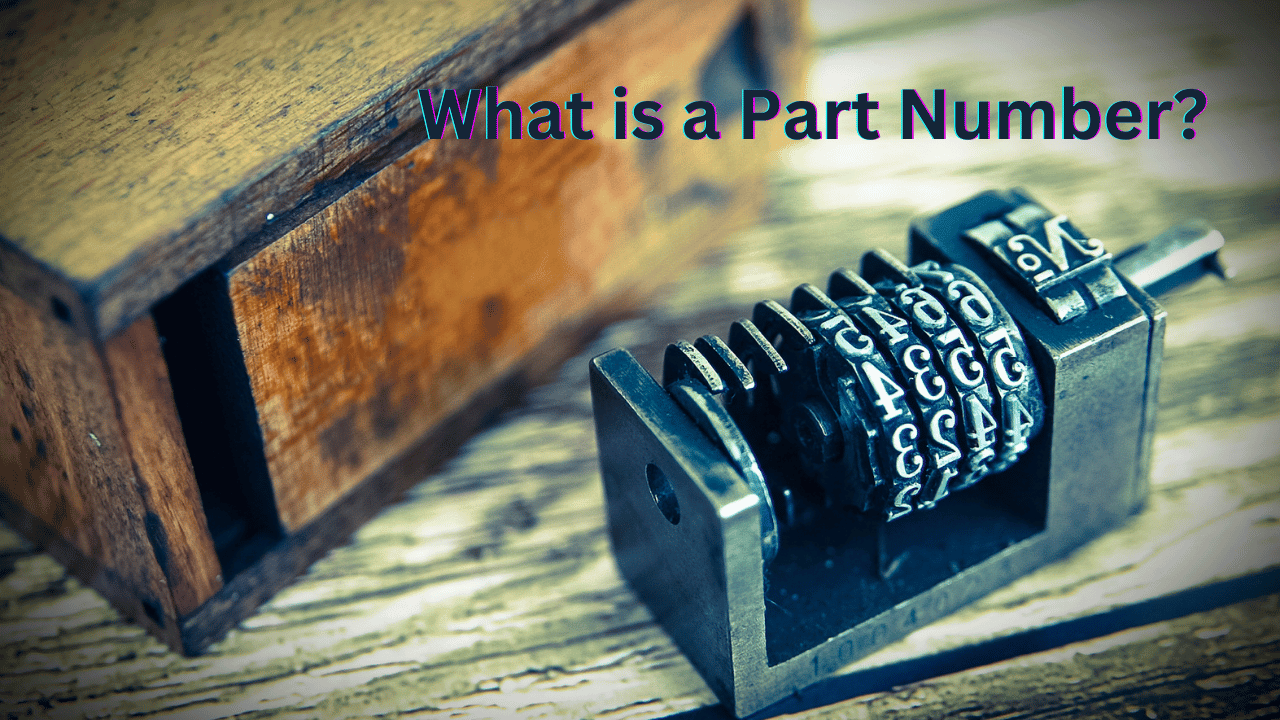What is a Part Number?
In the world of manufacturing, engineering, and product identification, a part number is a fundamental element that plays a pivotal role in organizing, cataloging, and managing a vast array of components. It’s not just a random string of characters; it’s a key that unlocks a treasure trove of information about a particular item. In this article, we’ll delve into the depths of part numbers, exploring their significance, structure, and the critical role they play in various industries.
Understanding the Basics
Definition and Purpose
At its core, a part number is a unique identifier assigned to a specific component, part, or product within a company’s inventory or manufacturing process. It serves several vital purposes:
Identification
Part numbers provide a systematic way to identify and distinguish individual items within a vast inventory. This prevents confusion and errors in handling components, especially in complex manufacturing environments.
Tracking
Part numbers facilitate tracking and traceability throughout the production cycle. From raw materials to finished products, they help monitor the movement and usage of each component, ensuring quality control and accountability.
Structure of Part Numbers
Part numbers are not random; they follow a structured format that conveys valuable information about the item it represents. While the exact format can vary between industries and companies, a typical part number might include:
Prefix
The prefix often indicates the manufacturer or supplier of the component. It helps in quickly identifying the source of the part.
Base Number
The base number usually represents the type of part or category to which the component belongs. It categorizes items for easy reference.
Serial Number
The serial number is a unique identifier within a particular category. It distinguishes one component from another, even if they share the same prefix and base number.
The Significance in Different Industries
Automotive Industry
In the automotive sector, part numbers are a lifeline. They are used to identify everything from engine components to body parts. This precision is essential to ensure that the right parts are used in manufacturing and repair processes.
Electronics Industry
In electronics, part numbers are crucial for compatibility and compliance. They help engineers select components that meet specific requirements and standards, ensuring seamless integration into circuit designs.
Aerospace Industry
The aerospace industry relies on part numbers for safety and compliance. When assembling aircraft, any mistake in identifying or using components can have catastrophic consequences. Part numbers ensure precision.
Part Number Challenges
Ambiguity
Sometimes, part numbers can be ambiguous, especially when different manufacturers use similar numbering systems. This can lead to confusion and procurement challenges.
Lengthy Numbers
In some cases, part numbers can be quite lengthy, making them cumbersome to manage. Companies need effective systems to handle and retrieve such extensive data.
Conclusion
Part numbers are the unsung heroes behind the scenes of various industries. They bring order to complexity, ensuring that products are built and maintained with precision. Understanding their structure and significance is crucial for anyone involved in manufacturing, engineering, or product management.
Frequently Asked Questions (FAQs)
Q1. Are part numbers universal across industries?
A1. No, part numbers can vary significantly between industries and even between companies within the same industry. Each organization typically develops its own system.
Q2. Can part numbers change over time?
A2. Yes, part numbers can change due to product revisions, updates, or changes in manufacturing processes. It’s essential to keep records up-to-date.
Q3. How do I decode a part number?
A3. Decoding a part number requires knowledge of the specific structure used by the manufacturer. Typically, it involves identifying the prefix, base number, and serial number components.
Q4. Are part numbers case-sensitive?
A4. In most cases, part numbers are not case-sensitive. However, it’s essential to follow the manufacturer’s guidelines for accuracy.
Q5. Can a single part number represent multiple components?
A5. No, a part number is typically unique to a specific component or product. It should not represent multiple items.








